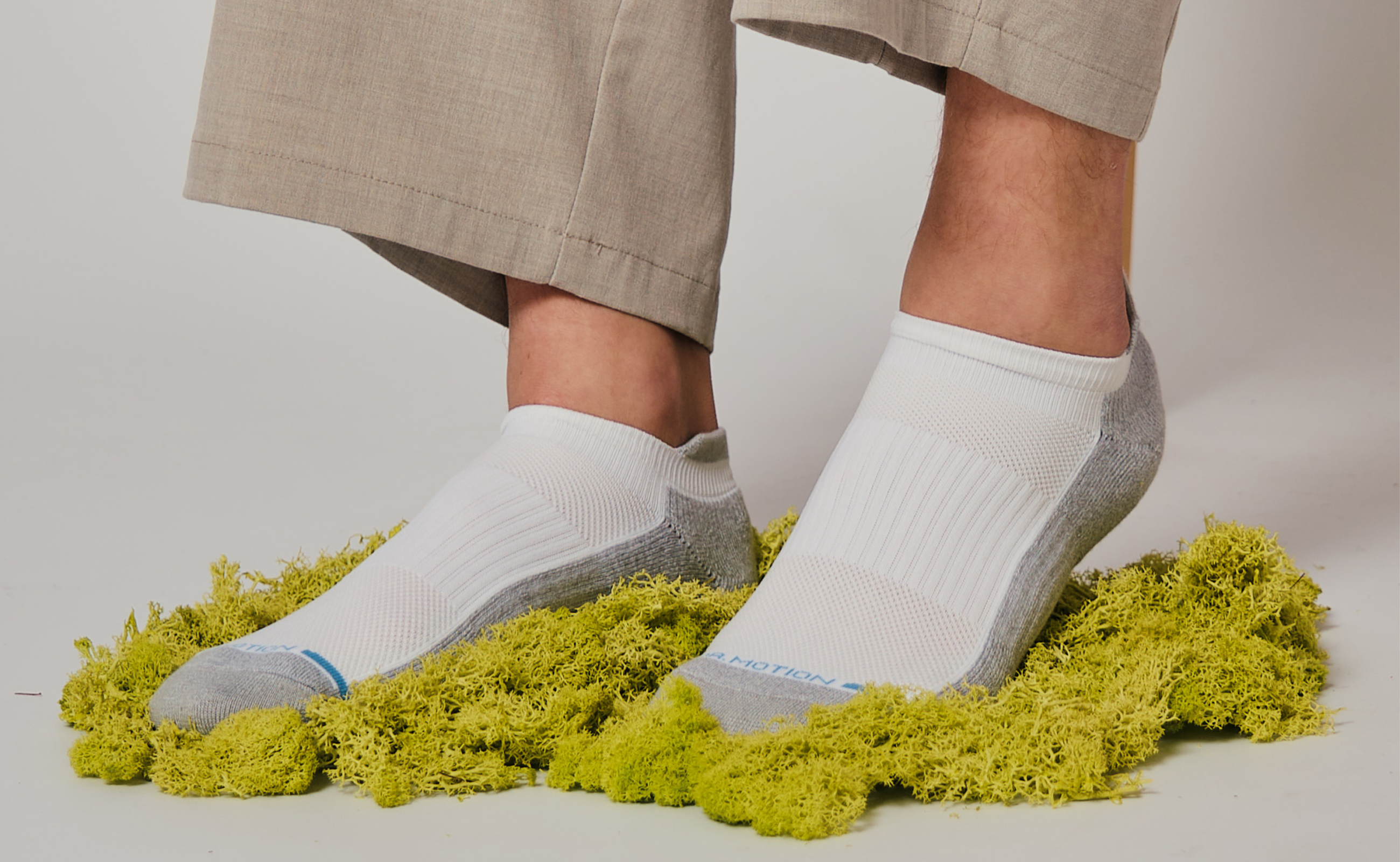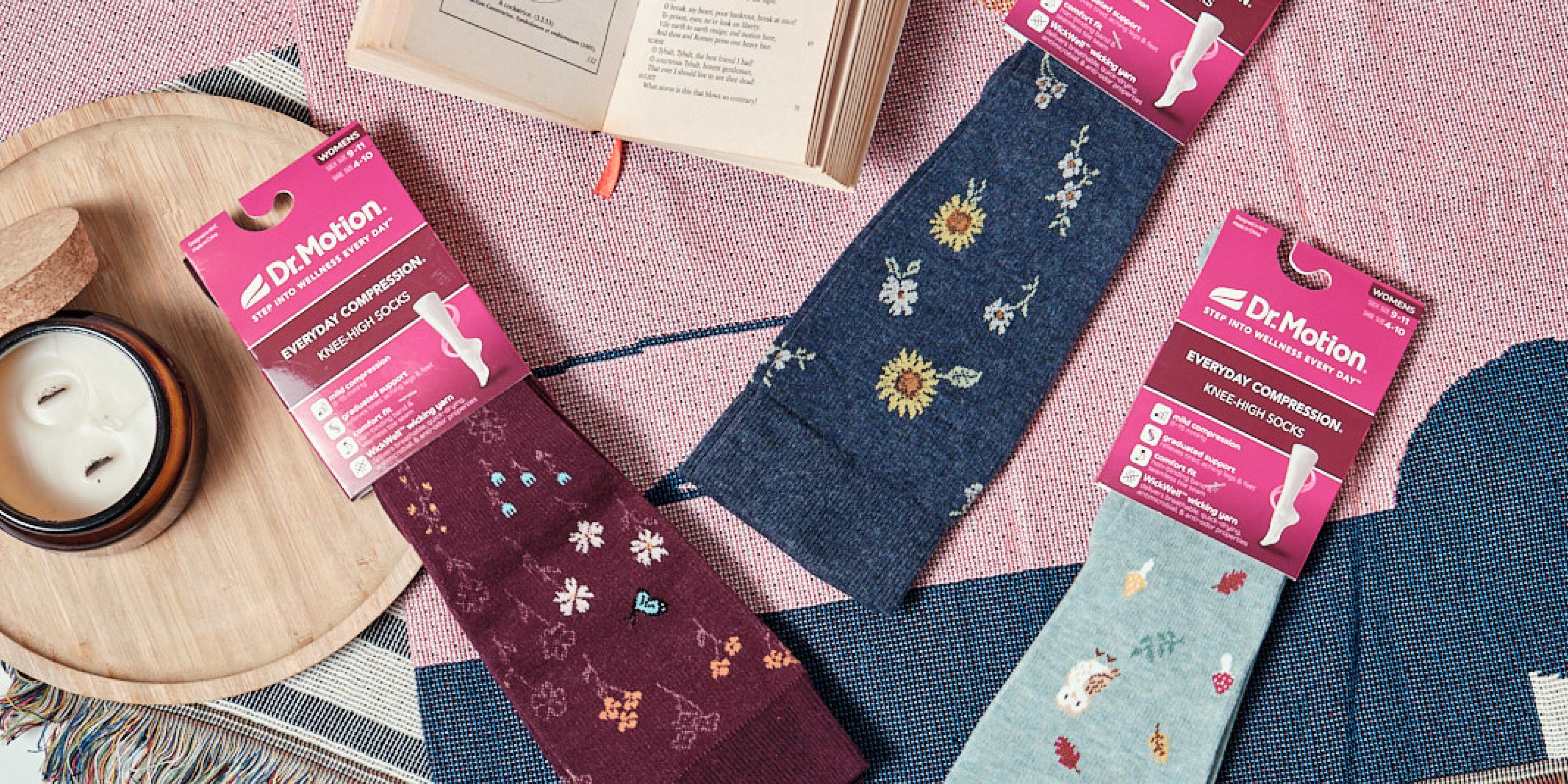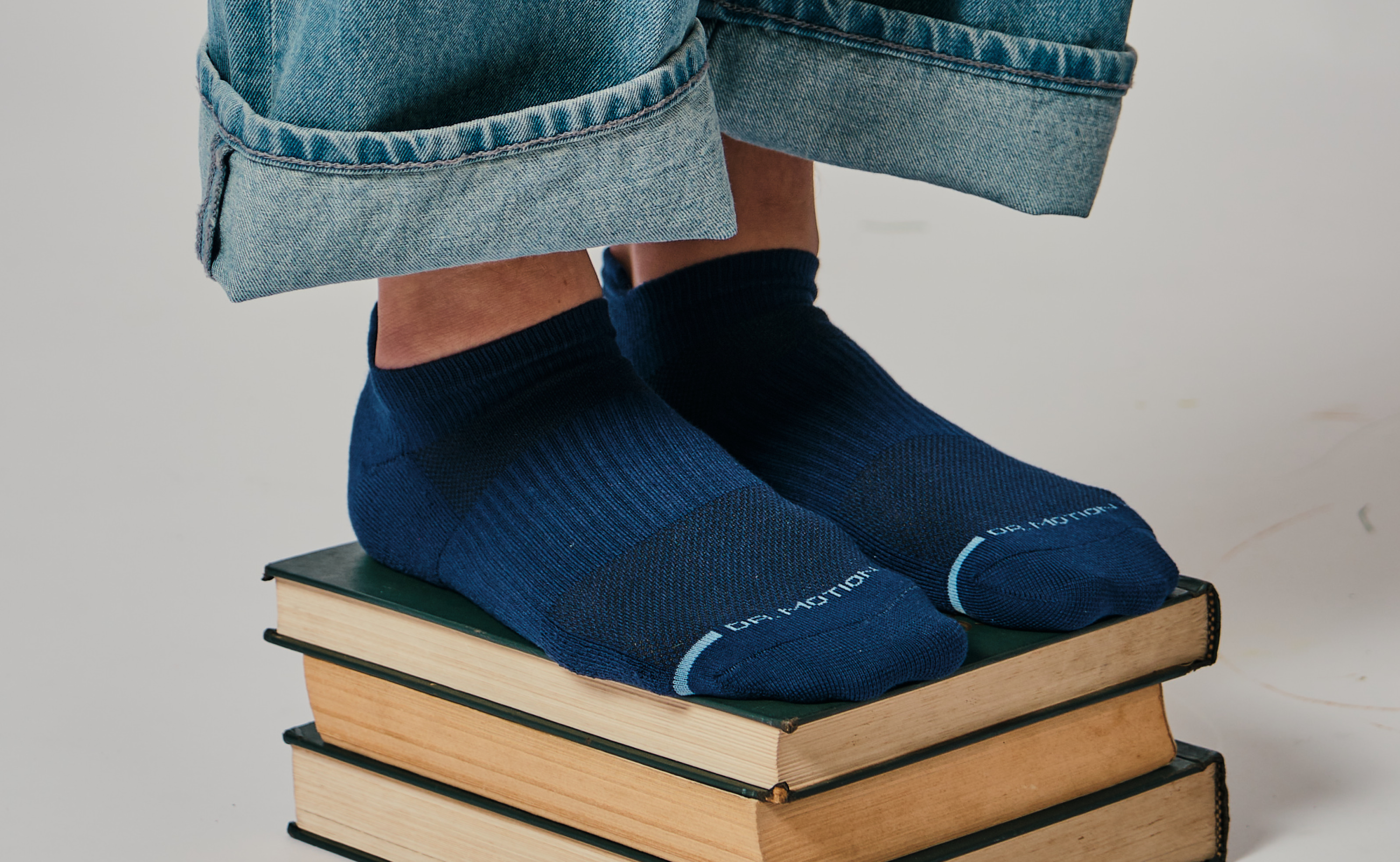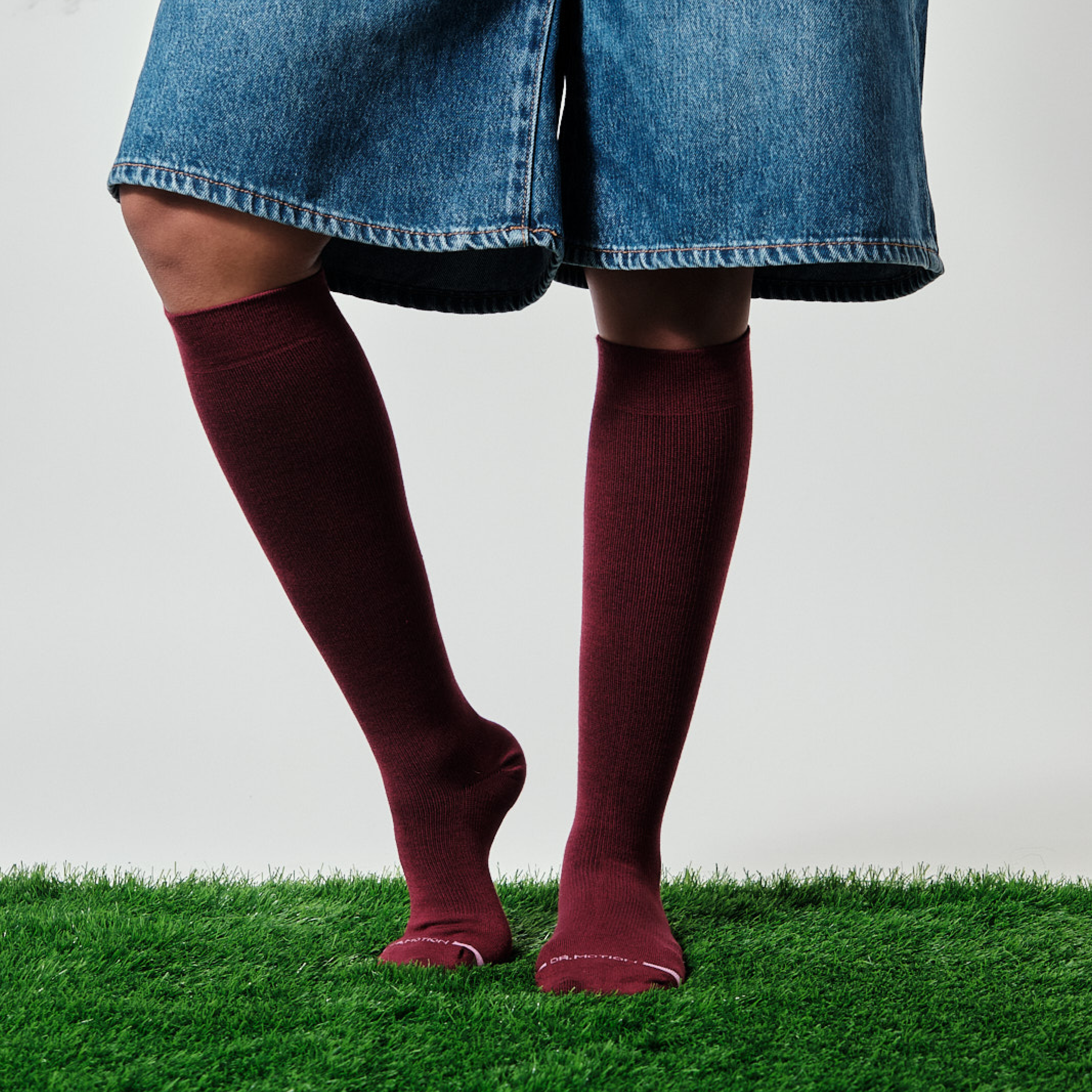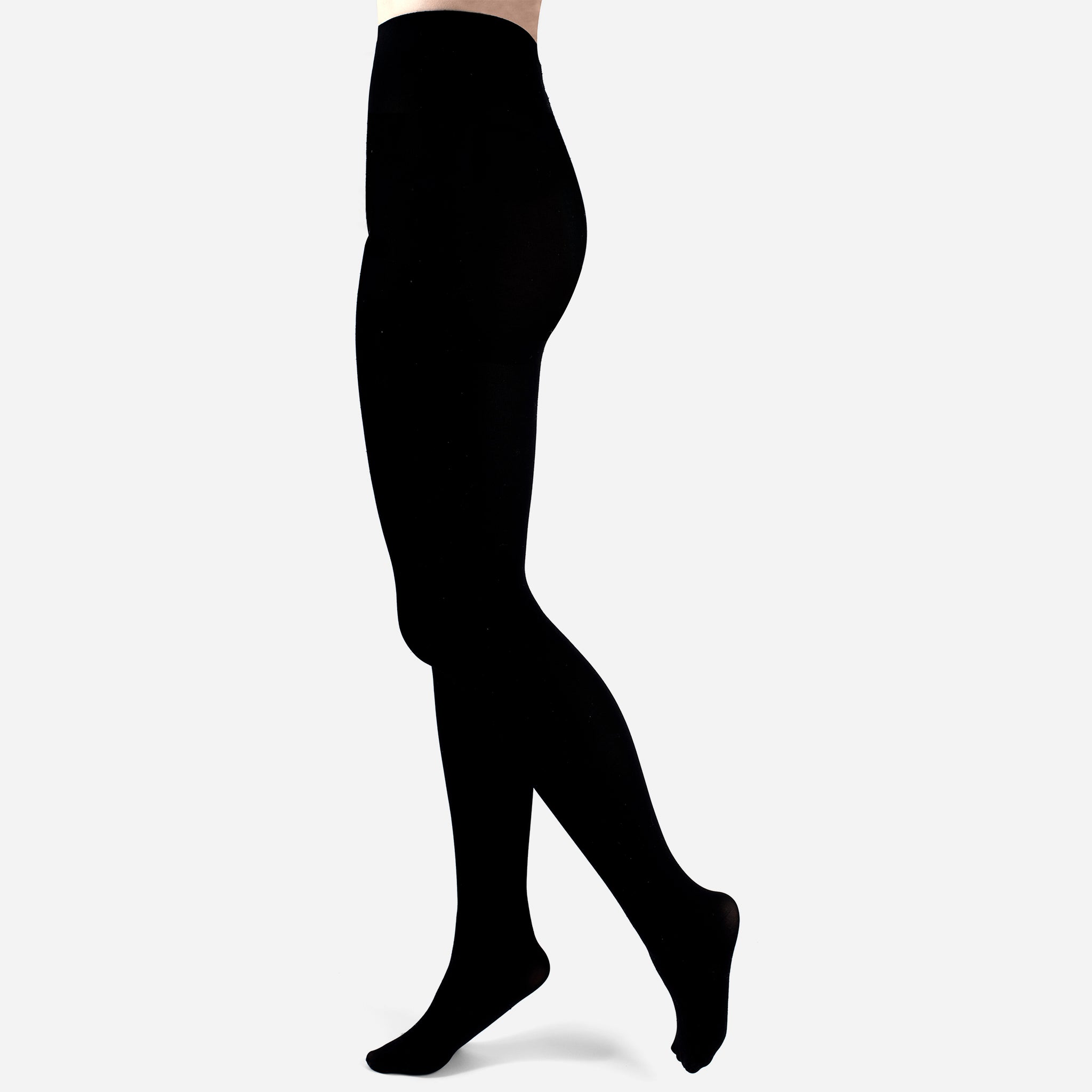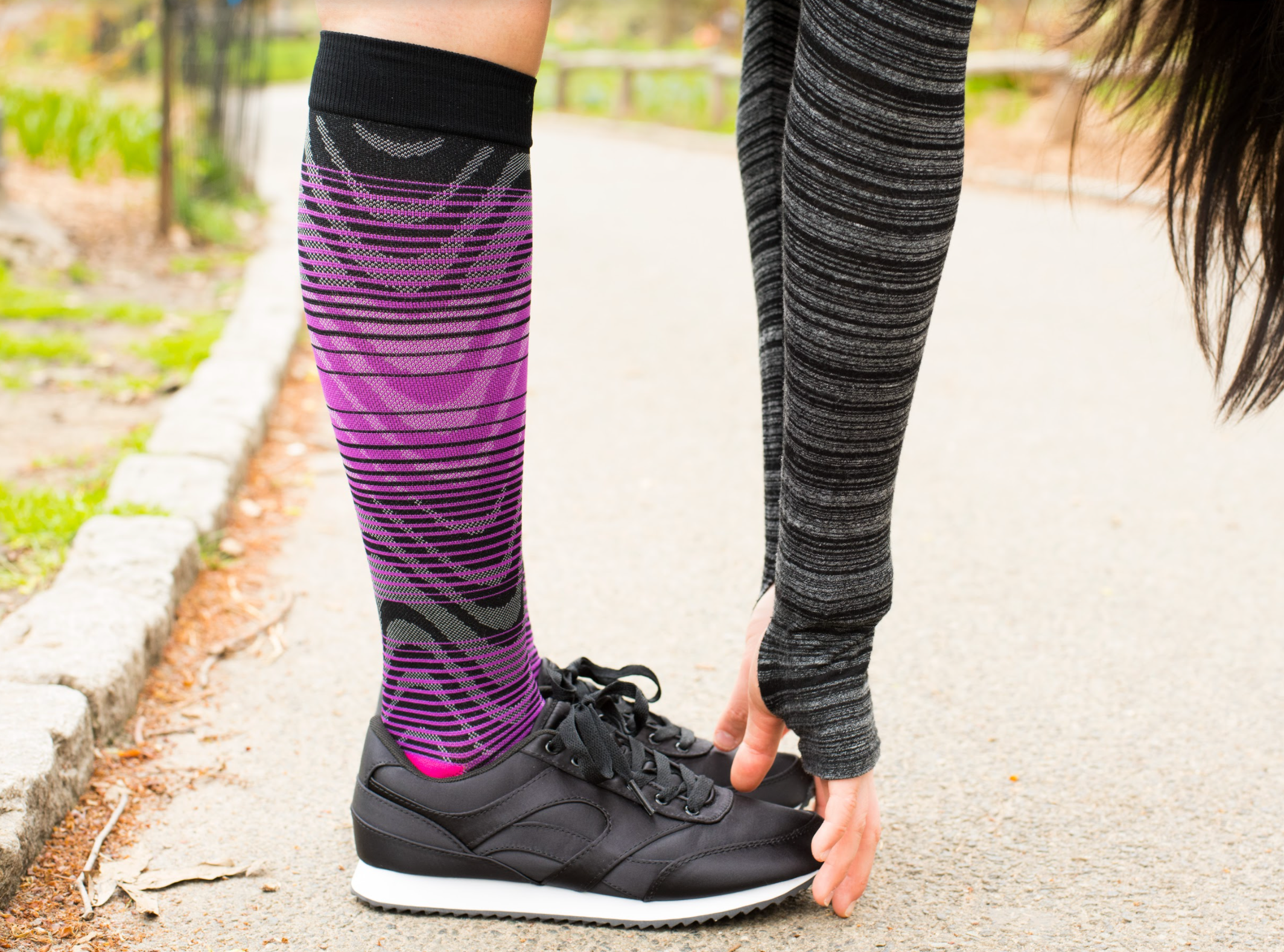Compression Socks for Lymphatic Drainage: How Do They Help?
The lymphatic system plays a vital role in keeping your body balanced and healthy. When circulation slows or fluid retention builds, it can leave your legs feeling heavy, tired, or swollen. It’s no surprise that more people are now turning to compression wear as part of their everyday wellness routine. In this blog, we’ll explore how compression socks for lymphatic drainage work, what to consider when choosing the right pair, and how to incorporate them into your routine.
What is Lymphatic Drainage? A Detailed Understanding
Lymphatic drainage refers to the natural process through which the lymphatic system removes excess fluid, waste, and toxins from tissues. It works alongside your veins, collecting lymph, a clear fluid containing white blood cells, and returning it to your bloodstream.
When this process slows down due to inactivity, prolonged sitting, illness, or injury, fluid retention can occur. The result? Puffy ankles, heavy legs, and fatigue. Over time, poor lymph circulation can contribute to inflammation and discomfort.

How Do Compression Socks for Lymphatic Drainage Work?
Compression socks work by applying graduated pressure, which means the pressure is strongest around the ankle and gradually decreases toward the calf or thigh. This supports the upward movement of both blood and lymphatic fluid, helping to prevent fluid from pooling in the lower legs and feet. Here’s how they work:
-
Stimulating lymph movement
The gentle pressure of compression socks acts like a subtle massage for your legs. This stimulation encourages lymphatic fluid to circulate more efficiently, minimizing the risk of fluid buildup.
-
Preventing stagnation
Regular socks may feel cozy, but do little for circulation. In contrast, wearing compression socks for lymphatic drainage keeps fluids moving, helping you avoid that tired, swollen feeling at the end of the day.
-
Reducing fatigue and heaviness
Improved flow means less pooling of blood and lymph. Many users report feeling lighter, more energized, and less achy during long workdays or flights.
-
Encouraging overall wellness
Beyond lymphatic support, the consistent pressure of compression can improve venous return, reduce discomfort, and help prevent spider veins or mild varicose veins.
Choosing the Right Compression Stockings for Lymphatic Drainage
Here’s what to consider before investing in a pair:
-
Compression levels
-
Mild compression socks (8–15 mmHg) are perfect for everyday wear, light swelling, or travel.
-
Moderate compression socks (15–20 mmHg) are ideal for those on their feet all day or prone to mild edema.
-
Higher levels (20 mmHg and above) should typically be chosen under professional guidance.
-
Lengths that suit your lifestyle
From knee-high compression socks for daily use to thigh-high or full-leg options for medical or travel purposes, each serves a unique role. The right length depends on where swelling occurs and how you move through your day.
-
Material and craftsmanship
Look for durable fabrics that balance breathability, elasticity, and softness. Moisture-wicking materials help keep your legs cool and comfortable even during extended wear. Our collection features anti-microbial and odor-resistant fabrics with a smooth terry inner lining for comfort.
-
Fit and design
A proper fit ensures effective compression without tightness or slipping. And for those who prefer fashion-forward picks, our range of compression socks and compression tights for women provides needed support with contemporary designs.

How and When to Wear Compression Socks for Maximum Benefit?
Use these tips to incorporate compression socks in your wellness ritual effectively:
- Integrate them into your daily routine: If you stand or sit for long hours, slip on your socks in the morning. They help maintain circulation throughout the day when gravity is at its peak.
- Travel and workouts: During flights or high-intensity workouts, compression socks help counteract swelling and keep legs feeling fresh.
- Donning and doffing tips: Roll them up gently, starting from the toes upward to avoid overstretching. To remove, roll them down gradually. Never tug or twist.
- Timing matters: Morning wear is ideal since legs are least swollen. Some individuals may benefit from wearing them in the evening if fatigue or swelling persists.
- Consistency is key: Regular wear yields the best results, especially when paired with hydration and gentle movement.
Daily Habits That Support Lymphatic Drainage
Compression socks for lymphatic drainage are most effective when used as part of a holistic wellness approach. Here’s how you can complement their effects:
-
Gentle movement: Low-impact activities like walking, stretching, or rebounding on a mini trampoline keep lymph fluid circulating.
-
Stay hydrated: Water helps flush toxins and supports the smooth movement of lymph through your system.
-
Mind your diet: Focus on whole foods, reduce processed salts, and include antioxidant-rich fruits and vegetables.
-
Massage and self-care: Incorporate light massage or dry brushing to manually stimulate lymphatic flow.
-
Posture and clothing: Avoid restrictive garments or prolonged sitting. Stand, stretch, and elevate your legs periodically throughout the day.
When to Seek Expert Support for Your Lymphatic Health?
While compression wear offers excellent support, it’s important to recognize when expert attention is required.
-
Persistent or worsening swelling: If swelling appears suddenly or worsens, it may indicate a circulatory or lymphatic issue needing medical assessment.
-
Pain or redness: These could be early signs of inflammation or infection and should be evaluated promptly.
-
Localized heat or skin changes: Seek medical guidance if your legs feel hot, tender, or show visible discoloration.
-
Professional therapies: For chronic lymphatic conditions such as lymphedema, compression socks for lymphedema can be paired with manual lymphatic drainage therapy prescribed by a clinician.
Investing in the Right Compression Socks for Lymphatic Drainage
So, to sum up, do compression socks help with lymphatic drainage? Absolutely. But not all compression socks are created equal. When choosing your pick for lymphatic health, comfort, style, and durability are paramount.
Our collection of compression socks combines thoughtful engineering with elevated design. Each pair features graduated compression, premium materials, and breathable fibers to provide gentle, effective support for circulation and lymphatic balance. Plus, you’ll love exploring our stylish designs, available in different length options that fit every mood and lifestyle. With every pair, we aim to make wellness functional, fashionable, and accessible. So, why wait? Scout our website to find your new favorite socks today!
Disclaimer: This article provides information solely for educational purposes, including but not limited to text, graphics, images, and other materials contained herein. This article is not intended to substitute for professional medical advice, diagnosis, or treatment. Always seek the advice of your physician or another qualified healthcare provider with any questions you may have regarding a medical condition.



